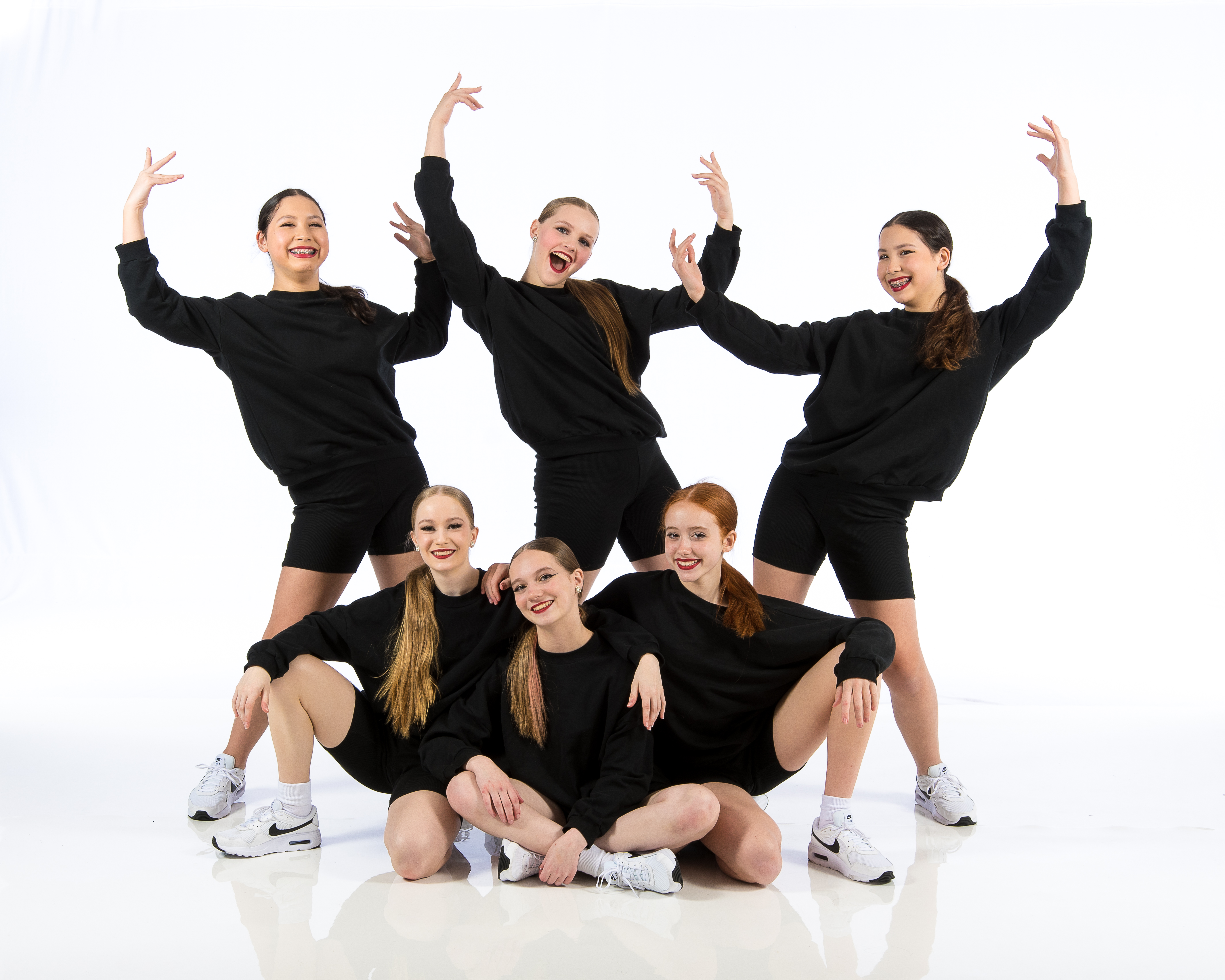Introduction
Dance is more than just movement; it's a language that transcends words, connecting us through culture, history, and emotion. With such dance studio workshops a rich tapestry of influences, modern dance styles have evolved into a vibrant celebration of diversity. When we step into a dance studio or ballet studio today, we witness the fusion of traditions from around the globe—each step echoing the stories of its origins.
In this article, we'll explore how cultural influences have shaped modern dance styles. From hip-hop to contemporary ballet, we’ll uncover the roots of these movements and celebrate their evolution. So, tighten your shoelaces as we take an adventurous journey through the world of dance!
Celebrating Cultural Influences on Modern Dance Styles
Modern dance is a kaleidoscope reflecting various cultural narratives. Every twist, turn, and leap carries whispers of its heritage. By celebrating these cultural influences, dancers not only honor their predecessors but also enrich their artistic expression.
The Roots of Modern Dance: A Historical Perspective
Modern dance didn’t emerge in isolation; it grew out of historical contexts marked by social change. Let's take a closer look at some key milestones.
The Birth of Modern Dance in the Early 20th Century
The early 1900s marked a revolutionary period in dance. Pioneers like Martha Graham and Isadora Duncan broke free from traditional ballet constraints to create expressive forms that mirrored societal shifts.
Martha Graham: The Mother of Modern Dance
Graham's technique focused on the body's natural movements and emotions. She believed that dance should express internal struggles—making her style deeply personal yet universal.
Isadora Duncan: The Embrace of Freedom
Duncan championed natural movement inspired by ancient Greek aesthetics. Her emphasis on freedom resonated with women seeking liberation during tumultuous times.
Diverse Cultural Influences in Dance Styles
Modern dance is an amalgamation of various cultural elements that bring unique flavors to contemporary performances.
African Influence: Rhythm and Movement
African cultures have profoundly influenced modern dance through their rich rhythmic traditions.
West African Dance Forms
West African dances are characterized by intricate footwork and powerful use of the torso. This impact can be seen in styles like jazz and hip-hop.
African Drumming: A Pulse for Movement
Drumming serves as both rhythm and narrative in African cultures, providing a heartbeat that drives many modern dance forms forward.
Latin American Rhythms: Salsa, Tango, and Beyond
Latin American cultures contribute vibrancy and passion to modern dance styles through iconic rhythms:
Salsa: A Fusion of Cultures
Originating from Afro-Cuban rhythms mixed with elements from Puerto Rican music, salsa embodies joy and connection—a true communal celebration.
Tango: The Dance of Emotion
Tango's sultry movements tell stories filled with passion and heartache. This Argentinean art form has influenced contemporary forms with its dramatic flair.
Asian Traditions: Grace Meets Strength
Asian cultures offer unique perspectives on movement that emphasize balance and fluidity:
Bharatanatyam: The Storytelling Dance
This classical Indian dance form employs intricate footwork and expressive gestures (mudras) to narrate tales from mythology—deeply rooted in spirituality.
Martial Arts Influence on Contemporary Dance
Martial arts have introduced dynamic movements to modern choreography—blending strength with grace while emphasizing discipline.
Urban Culture: Hip-Hop as a Global Phenomenon
Hip-hop has emerged as one of the most significant cultural movements in recent history:
Breaking: The Birthplace of Street Dance
Originating in the Bronx during the 1970s, breaking incorporates athleticism with artistic expression—creating an avenue for marginalized voices to be heard.
Popping and Locking: Mechanical Movements Reflecting Urban Life
These styles reflect mechanical motions inspired by technology—mirroring life in urban landscapes where dancers channel energy into every move they make.
The Ballet Studio’s Role in Cultural Fusion
While traditionally associated with European aesthetics, ballet has evolved through cultural exchanges:
Contemporary Ballet: Blending Traditions
Contemporary ballet techniques incorporate influences from modern dance while maintaining classical foundations—creating hybrid forms that speak to diverse experiences.
Global Choreographers Redefining Ballet’s Boundaries
Choreographers from various backgrounds are pushing boundaries within ballet studios worldwide. They infuse their heritage into classical techniques—drawing new audiences into the world of ballet.
The Impact of Technology on Dance Styles
Technology has revolutionized how we experience and perceive dance today:
Digital Platforms: Connecting Dancers Globally
Social media platforms allow dancers worldwide to share their interpretations—from TikTok challenges to Instagram reels showcasing diverse styles emerging from different cultures!

Innovative Choreography Through Virtual Reality
Virtual reality Ballet Dance Academy offers immersive experiences where audiences can engage with performance art—breaking geographical barriers while celebrating global influences!
Celebrating Diversity Through Collaborations
Collaboration between artists from different backgrounds fosters creativity:
Interdisciplinary Art Forms
Dancers are increasingly collaborating with musicians, visual artists, designers—creating performances that transcend traditional boundaries while highlighting cultural narratives!
FAQs About Cultural Influences on Modern Dance Styles
What role does culture play in shaping modern dance?- Culture is pivotal as it provides context for expression; different traditions enrich movement vocabulary leading to innovative styles.
- Hip-hop's improvisational nature encourages self-expression while offering storytelling avenues reflecting urban experiences.
- Yes! Bharatanatyam’s storytelling techniques have found resonance within contemporary choreography illustrating spirituality visually.
- Absolutely! Choreographers like Akram Khan meld South Asian traditions with Western techniques creating captivating performances.
- Technology enhances accessibility allowing global collaboration while introducing immersive experiences shifting how audiences engage.
- Embracing diverse styles cultivates versatility enriching artistry broadening perspectives ultimately leading toward innovation!
Conclusion
As we conclude our exploration into "Celebrating Cultural Influences on Modern Dance Styles," it becomes clear that each step taken within a studio or stage is laden with history—a celebration woven together by threads representing varied cultures around us! By honoring these influences today’s dancers not only pay homage but actively participate in an ongoing dialogue about identity roots resilience! So let’s continue dancing—to honor those who came before us while paving pathways for future generations!